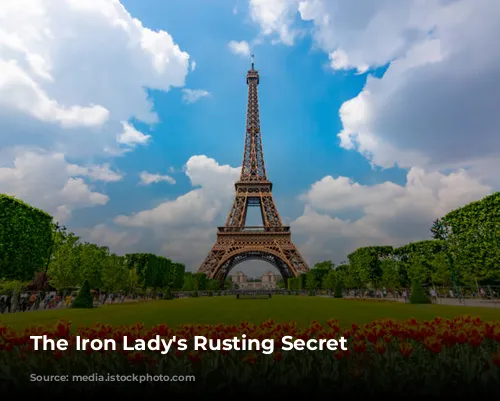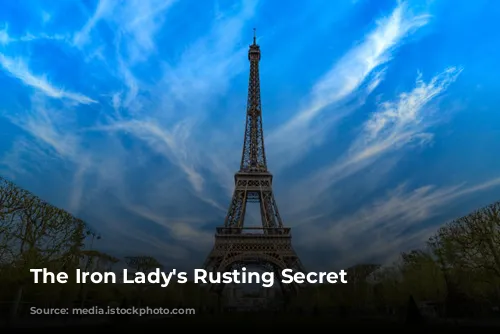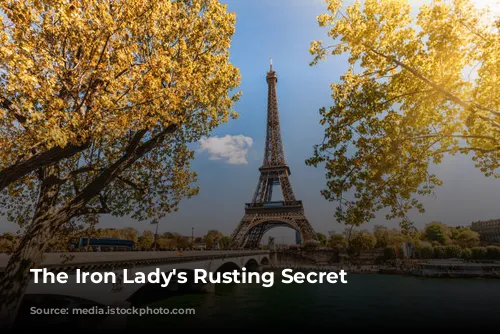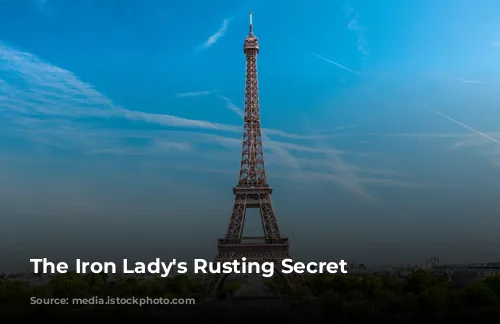A symbol of Paris, the Eiffel Tower has stood tall for over a century, captivating millions with its elegant design. Despite its enduring presence, the tower is facing a hidden threat: rust.
The iconic structure was built in 1889 with a projected lifespan of only 20 years. It was assumed it would be dismantled after that time. However, thanks to meticulous maintenance, the tower has stood strong for over a century, becoming a global icon.
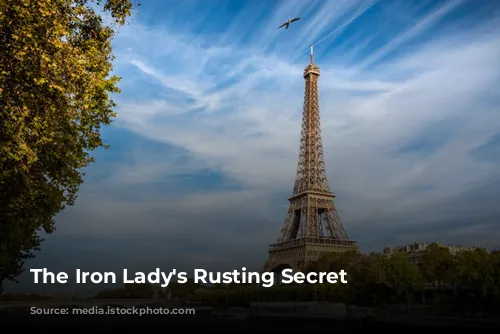
A Hidden Crisis
Recent confidential reports leaked to a French publication paint a disturbing picture of the tower’s current condition. The reports reveal that the Eiffel Tower is suffering from extensive rust and is in urgent need of a complete overhaul. Instead of tackling the problem head-on, the tower is receiving only a superficial cosmetic makeover in preparation for the 2024 Olympics.
This temporary fix is like putting a band-aid on a broken bone. A tower manager, speaking anonymously, expressed concern, stating that Gustave Eiffel himself would be horrified by the state of his creation.
A Legacy of Iron and Rust
The Eiffel Tower, a 324-meter-tall marvel of engineering, was constructed using puddle iron, a high-grade wrought iron produced during the Industrial Revolution. It boasts an estimated 2.5 million rivets, each a testament to the craftsmanship that went into building this architectural masterpiece.
However, the tower’s very construction materials also harbor its Achilles’ heel. Iron is susceptible to rust, a process that weakens the metal and threatens the tower’s structural integrity. The tower’s original designer, Gustave Eiffel, was acutely aware of this threat and emphasized the importance of regular painting to combat corrosion. He recognized that paint was the tower’s primary defense against the elements.
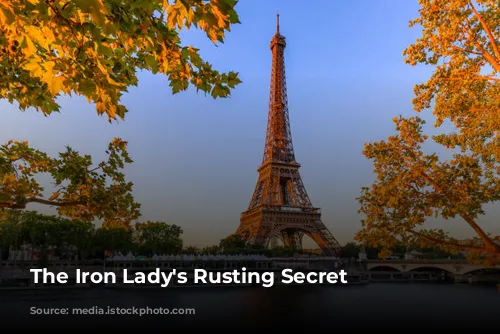
A Cosmetic Cover-up?
The Eiffel Tower is currently undergoing a €60 million repainting project, marking the 20th time the structure has been given a fresh coat of paint. While this may seem like a comprehensive approach, experts are concerned that the project focuses on aesthetics rather than addressing the underlying problem.
The initial plan was to strip and repaint a third of the tower, ensuring its long-term health. However, delays caused by the COVID-19 pandemic and the discovery of concerning lead levels in the old paint have resulted in only 5% of the tower receiving the necessary attention.
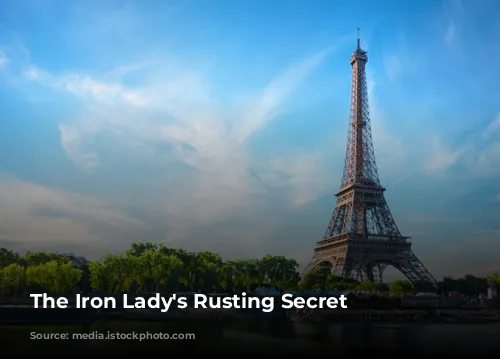
A Tower in Need of Urgent Intervention
Experts warn that this cosmetic makeover will do little to address the tower’s real problem. The rusting and cracking have reached critical levels, and painting over the existing paint is only exacerbating the issue. They advocate for a complete stripping, repair, and repainting of the entire tower.
Unfortunately, the tower’s custodians, Sete, are reluctant to close the structure for extended periods due to the significant loss of tourism revenue. The Eiffel Tower attracts millions of visitors each year, generating substantial income for the city of Paris.
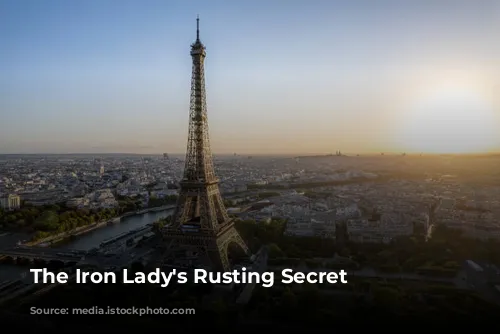
A History of Warnings Ignored
A series of reports dating back to 2010 have raised alarms about the deteriorating condition of the Eiffel Tower and the need for a comprehensive maintenance plan. Experts have warned that the current approach is inadequate and will lead to further deterioration of the structure.
Despite these repeated warnings, the tower’s management appears content with minimal interventions. The cost of a full restoration may be substantial, but the potential cost of neglecting the problem could be far greater.
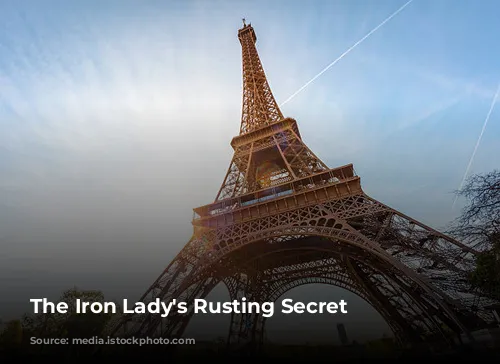
A Question of Legacy
The Eiffel Tower stands as a testament to human ingenuity and a beacon of Parisian pride. Its enduring presence, however, is now in jeopardy. The current approach to its maintenance is inadequate and risks jeopardizing the very future of this iconic landmark.
It’s time for the tower’s guardians to take a serious look at the problem and invest in a comprehensive restoration that will ensure its continued presence for generations to come. This is not just about protecting a monument; it’s about preserving a legacy.

